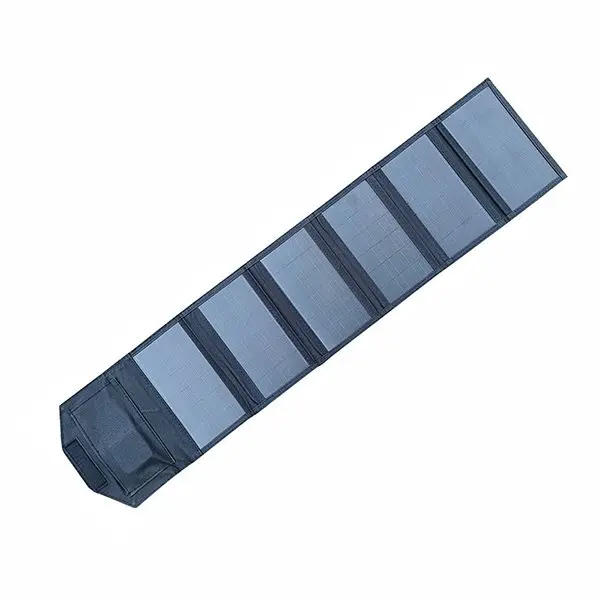In recent years, solar energy has become an important part of the fight against climate change and reducing our dependence on fossil fuels. As more and more people turn to solar panels to generate clean and renewable energy for their home or business, understanding the nuts and bolts of this technology has become critical. A common question that comes up is: “How big is a solar panel?” In this blog post, we’ll debunk myths about solar panel size while shedding light on actual size and the factors that affect it.
Demystifying Solar Panel Size:
1. Standard size:
Solar panels come in different shapes and sizes, mainly depending on their capacity and the efficiency of the photovoltaic (PV) cells they contain. Typically, residential solar panels are measured in watts, with the most common solar panels having a power output of 250 to 400 watts. These panels are usually 1.6 to 2 meters long and 1 meter wide, and each has an area of about 1.6 to 2 square meters.
2. Factors affecting size:
Several factors affect the size of a solar panel, such as the type of photovoltaic cell technology used and the required power output. For example, monocrystalline panels are made from a single crystal structure, making them highly efficient but also increasing in size. On the other hand, polycrystalline panels are slightly less efficient but have a more compact design. Additionally, advances in technology have led to the development of thin-film solar panels with sleeker designs but lower efficiency.
3. Space requirements:
The size of the solar panel is a key consideration when determining the amount of space required for installation. On average, a single solar panel requires about 7 to 10 square feet of roof space. However, this number depends on factors such as panel wattage, desired energy production, and the pitch and orientation of the roof. It is necessary to consult a solar panel installation professional to assess the available space and recommend the ideal panel size for your specific energy needs.
4. Efficiency and size:
It’s worth noting that the physical size of a solar panel isn’t the only determinant of its efficiency. The efficiency of a solar panel refers to how much it can convert sunlight into usable electricity. Even with a smaller size, a panel with a higher efficiency rating can generate more electricity. Therefore, size and efficiency must be considered when selecting solar panels for a particular project.
in conclusion:
Understanding the size of a solar panel goes beyond its physical size. Factors such as efficiency, power output, space requirements and technology play a vital role in determining the optimal solar panel size for each project. By debunking myths and uncovering facts about solar panel size, we can make informed decisions as we transition to clean energy solutions. As the world continues to embrace solar energy, it is critical to stay abreast of the latest innovations and developments in solar panel technology. So whether you’re a homeowner or business owner considering going solar, be sure to consult a professional who can help you determine the perfect size solar panels for your energy needs. Embrace the power of the sun and contribute to a cleaner, more sustainable future.
Post time: Jun-26-2023
